I hope you enjoy reading this blog post.
If you want to get more traffic, Contact Us

Click Here - Free 30-Minute Strategy Session
Be quick! FREE spots are almost gone for this Month. Free Quote
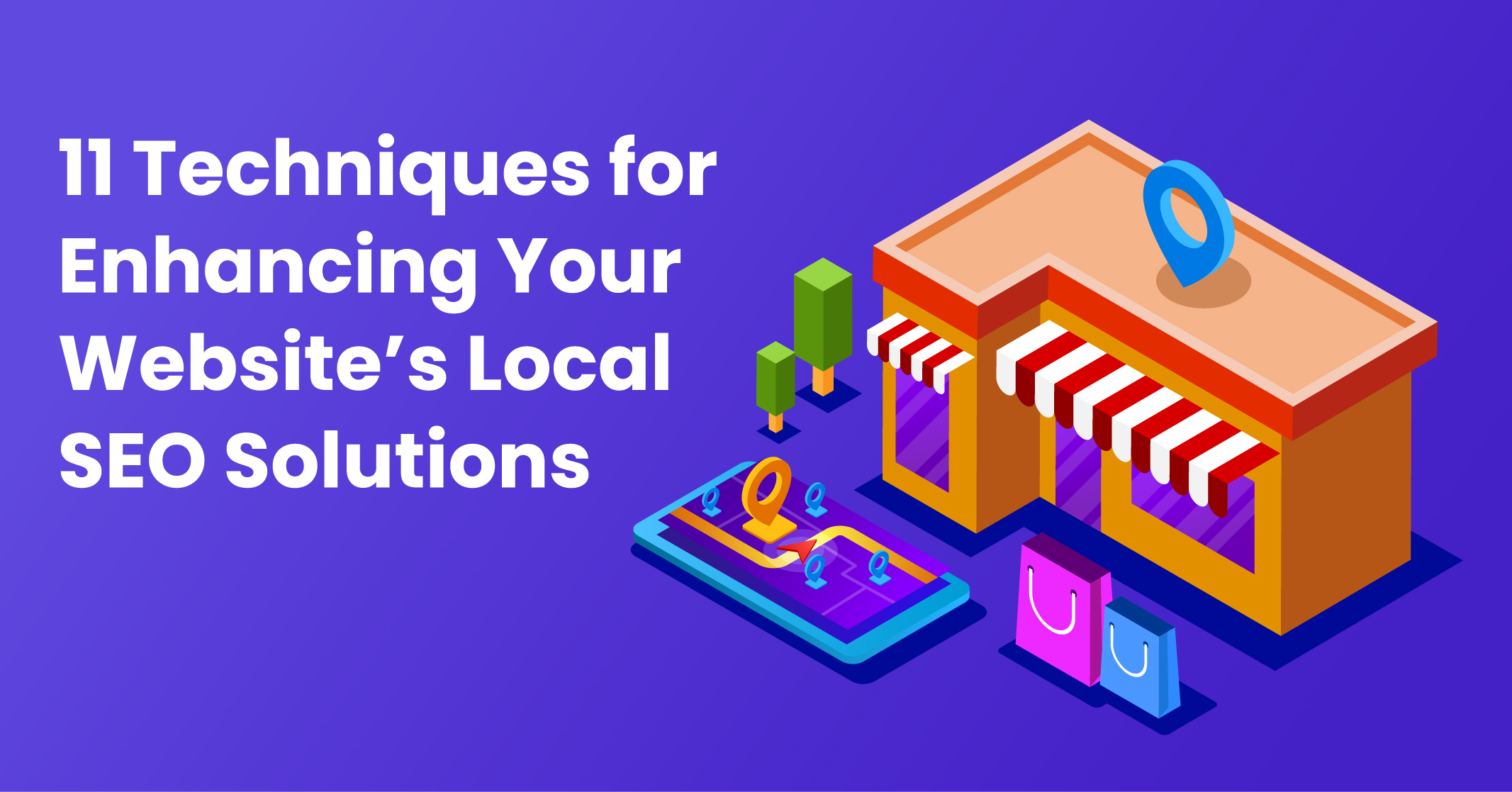
Local SEO focuses on enhancing the online presence of businesses operating within their local communities, to increase visibility in relevant searches. The key principles and effective approaches of local SEO revolve around optimising web pages for location-specific queries and establishing a comprehensive Google Business Profile (GBP).
When formulating your local SEO strategy, it is crucial to thoroughly explore every avenue. In this comprehensive guide, I will present you with a range of local SEO solutions that will guarantee the online presence of your website, ensuring maximum visibility to your target audience.

Click Here – Free 30-Minute Strategy Session
Be quick! FREE spots are almost gone for this Month
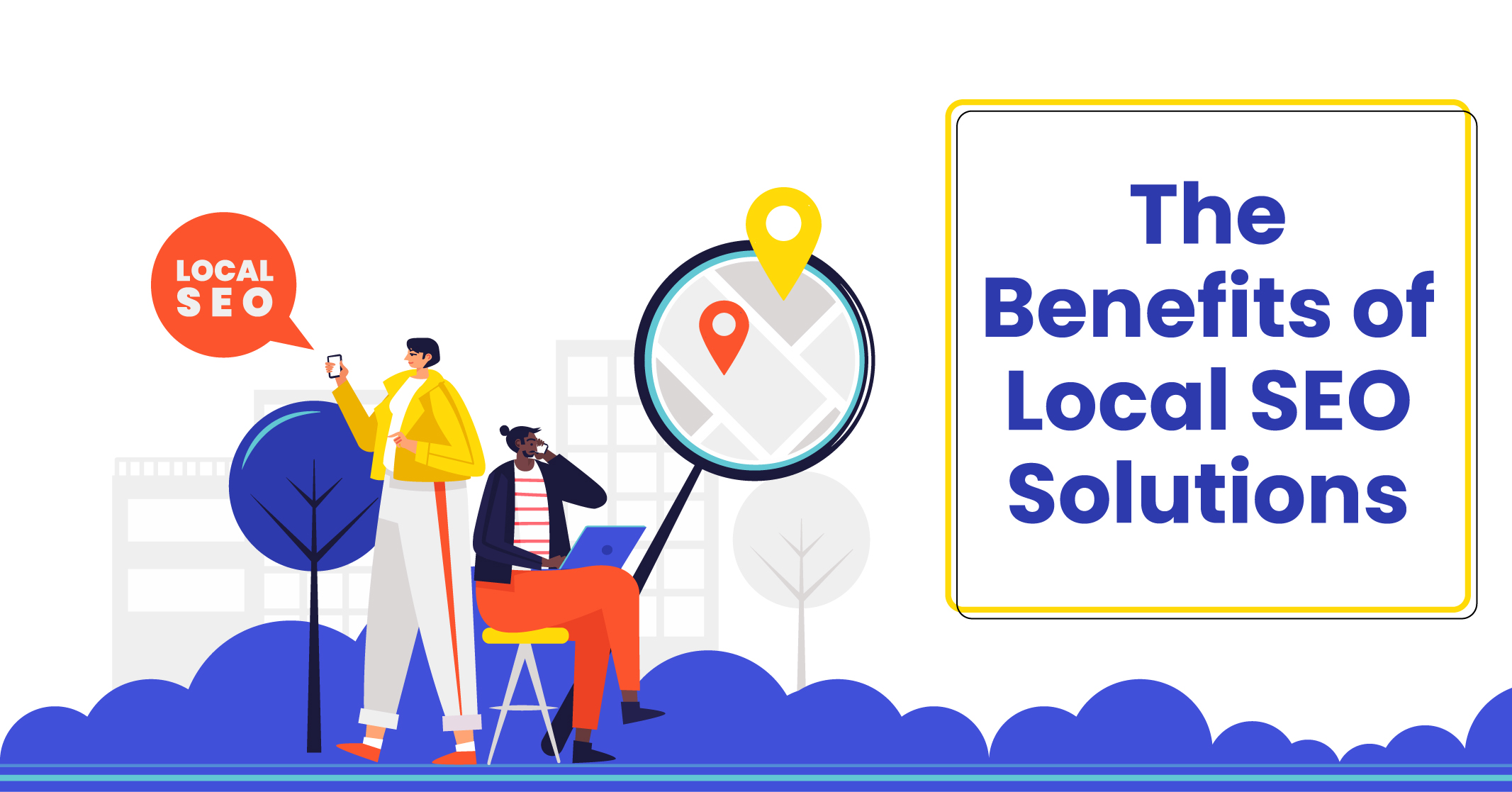
Local SEO tips prioritise optimising content for location-specific search engine result pages (SERPs). With the abundance of information available to search engines for evaluating content rankings, factors like the user’s IP address and geolocation play a significant role.
Take, for instance, queries containing a geographical qualifier, such as “hotels in New York.” Implementing local SEO strategies enables you to capitalise on the opportunities that arise from these types of local searches.
Local SEO strategies revolve around effectively marketing your brand, products, and services to local leads. Particularly beneficial for smaller businesses operating on a regional scale, these strategies level the playing field against larger national brands that primarily optimise for generic keywords. By targeting ready-to-buy demographics, local SEO drives traffic and increases conversions.
If you’ve been longing for the perfect solution, continue reading to discover 11 actionable local SEO tips and services that you can implement immediately.
A “local search strategy” encompasses various approaches aimed at enhancing business visibility. These encompass essential solutions such as claiming a business listing to ensure appearance in local searches on Google, effectively managing online ratings and reviews, initiating locally-focused social media campaigns, and more. Now, what are the local SEO step-by-step guides that can drive your page traffic?
Now, let’s delve into 11 indispensable local SEO guides that are crucial for your success:

A Google Business Profile (GBP) holds immense significance in local SEO, and now it’s time for you to claim your listing and capitalise on the potential of local leads.
By establishing a Google Business Profile, you can witness an immediate boost in your business’s online visibility, appearing in listings where you might not have been visible otherwise. To ensure you make the most out of your GBP, follow these essential steps:
Claiming and optimising your Google Business Profile is an integral part of your local SEO services. It provides a solid foundation for improving your online presence and attracting local customers.
Learn More: 7 Secrets About Google My Business Listing
However, before finalizing your keyword targeting, there are a few additional steps to consider to effectively narrow down your local SEO efforts:
By implementing these local SEO solutions, you can effectively narrow your targeting efforts, enhance your website’s visibility, and connect with your local audience more effectively.
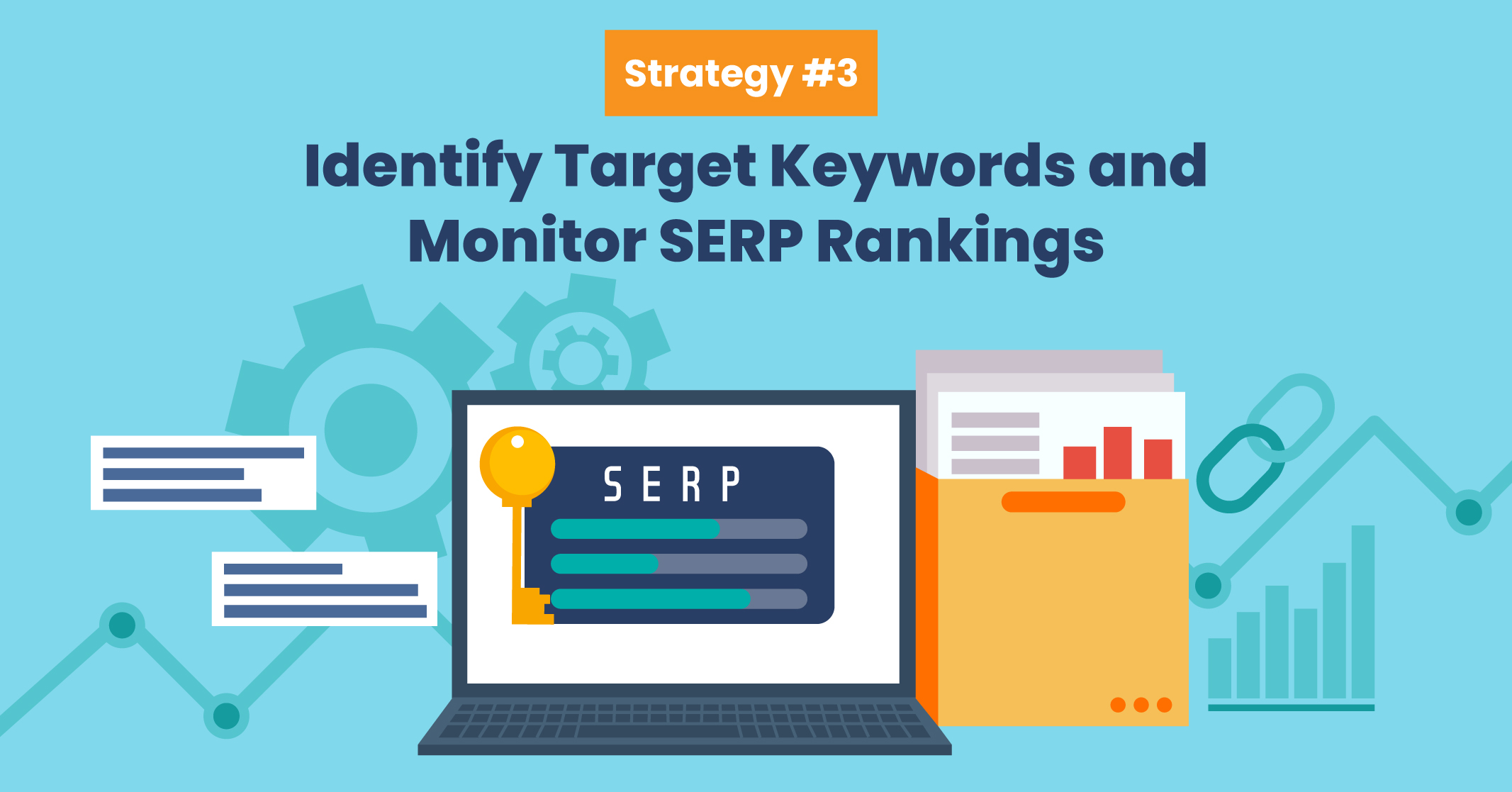
Once you have identified the keywords you want to target, it’s essential to track their performance. There are various methods to accomplish this, including utilising dedicated tools.
One way to track your keyword rankings is through the Position Tracking Tool. This tool enables you to monitor and compare the rankings of multiple keywords across different geographic locations or devices within a single project. It provides valuable insights into your local SEO performance and allows you to analyse how your competitors are faring.
Additionally, the Listing Management Tool allows you to track up to five specific keywords within a targeted radius of your business. This tool assists in managing and monitoring your online listings to ensure accurate and consistent information for local search results.
By leveraging these tracking methods, you can effectively monitor the performance of your targeted keywords, gain insights into your local SEO efforts, and make informed decisions to optimise your strategy.
Learn More: Tips for Enhancing Your Google Rankings Safely
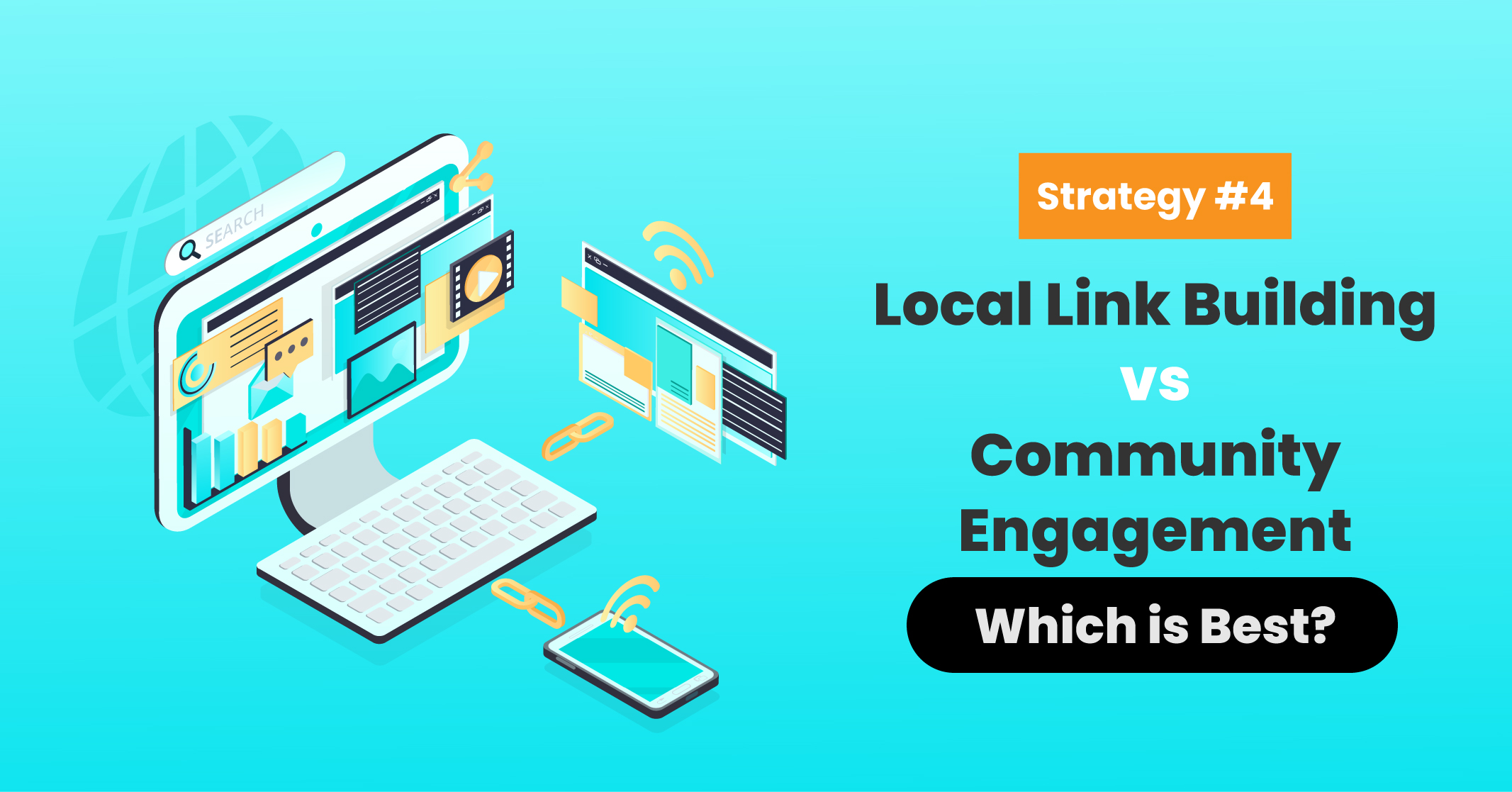
Why not combine both strategies? As a small business, you have a unique opportunity to leverage geographical proximity and establish relationships with other businesses in your local area. Local link building goes hand in hand with community engagement.
Take the initiative to connect and collaborate with other businesses in your area, directly requesting them to link to your website. This approach yields multiple benefits, including the rapid accumulation of high-quality backlinks that send strong signals to Google.
To streamline the process, you can utilise the Link Building Tool to identify potential prospects and compile a list of businesses you can approach for acquiring new links.
By adopting a comprehensive approach that includes community engagement and proactive link building, you can maximise the impact of your local SEO efforts and establish a strong online presence within your local business ecosystem.
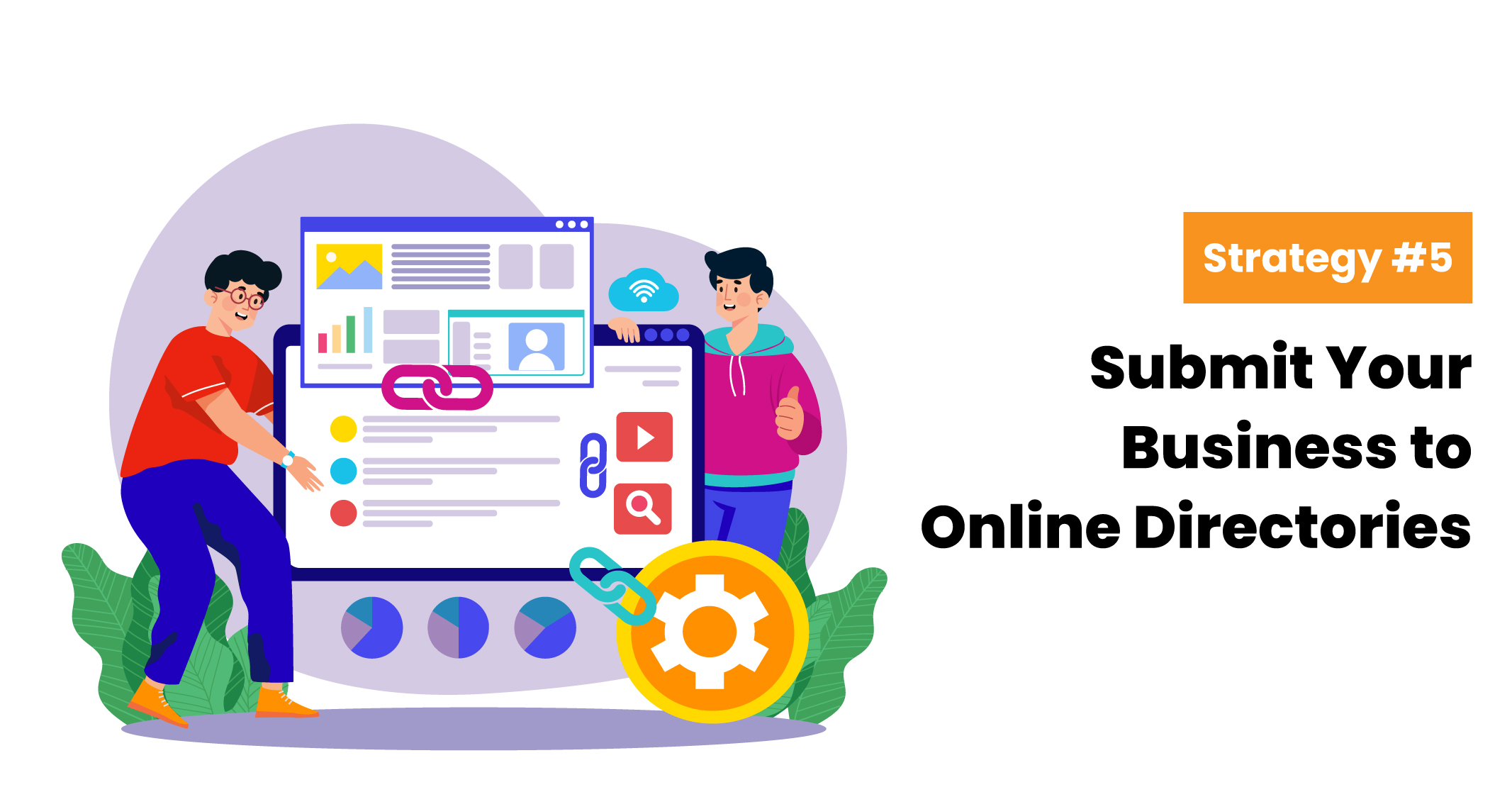
After completing the necessary groundwork for your Google Business Profile, it is crucial to extend your local SEO strategy by submitting the same business information to various online directories. Popular directories like Yelp, HubSpot and TripAdvisor, among others, offer valuable online real estate where you can claim your business presence.
By utilising a local business directories list, you can discover additional platforms to showcase your business without running the risk of incurring Google penalties associated with unnatural inbound links. This approach allows you to expand your online visibility and reach a broader audience while maintaining compliance with search engine guidelines.
Submitting your business information to relevant online directories enhances your local SEO efforts and increases the chances of potential customers discovering your business through multiple platforms.
Learn More: What are Backlinks?

Social media presents a wide array of opportunities to enhance your online presence and boost local SEO efforts. To leverage these platforms effectively, it is crucial to select the most suitable ones and coordinate a cohesive multichannel strategy to ensure consistent messaging across all platforms.
Let’s explore how different social media platforms can contribute to your local SEO efforts:
Remember, there are various other social media platforms to consider, such as YouTube, Pinterest, Snapchat, TikTok, LinkedIn, and more. Choose the platforms that align best with your brand image and target audience.
By strategically utilising social media platforms, you can amplify your local SEO examples and efforts, engage with your audience, and build a strong online presence for your business.
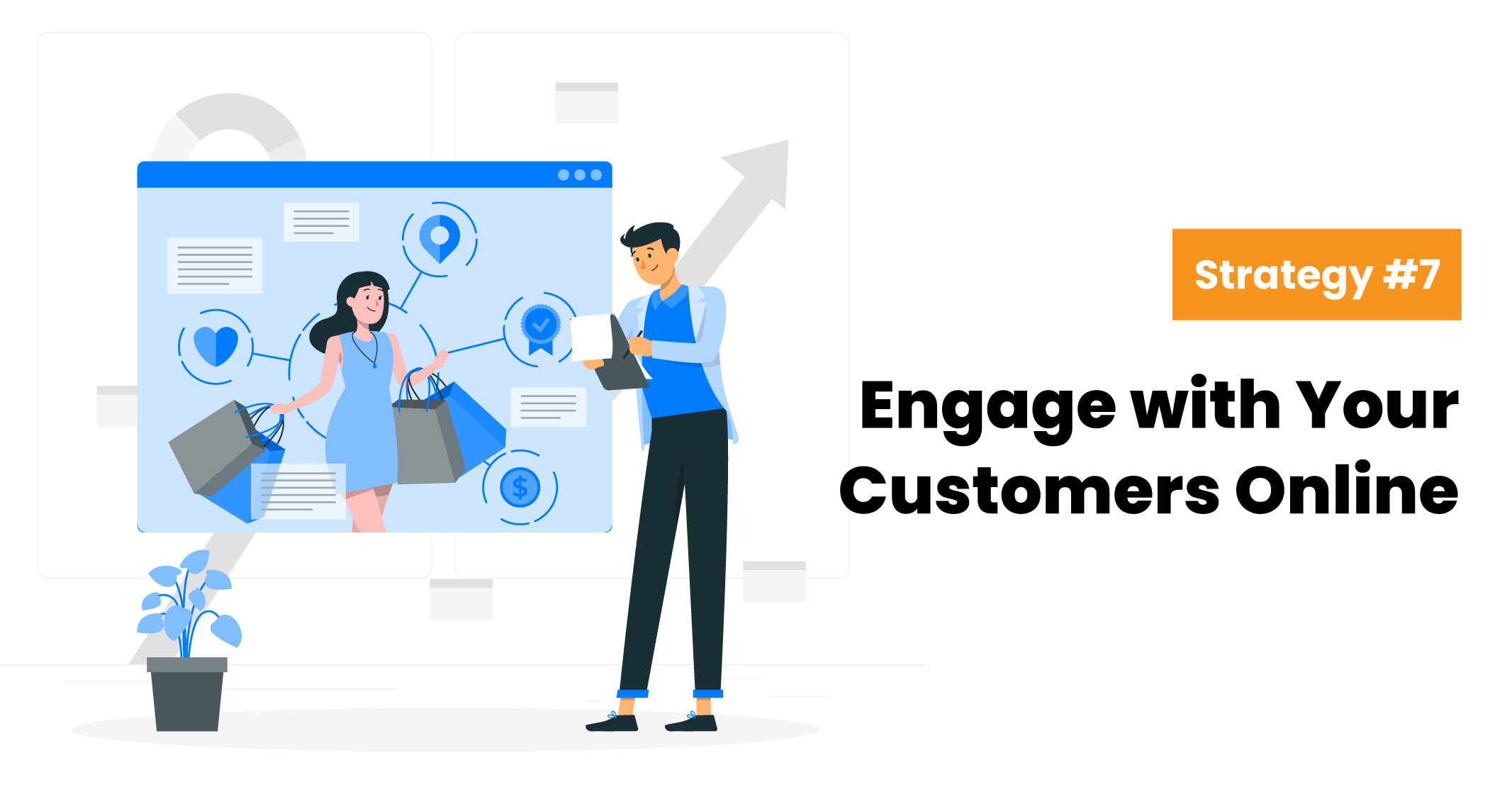
Managing your brand message across multiple social media channels can be a challenging task, particularly for smaller businesses. It is essential to maintain regular updates on your chosen platforms.
Consider this scenario: If a customer passes by your store and sees the same products arranged in the same way every day, they may not feel compelled to enter.
To encourage customer interaction, establish a posting schedule that prompts engagement. Ask your followers questions, seek feedback, and organise contests and giveaways.
Remember, while the platform may change, your brand’s core values and identity should remain consistent. Ensure that your social media communication aligns with your website and Google Business Profile (GBP) to maintain a unified brand image.
Utilise the Social Media Toolkit to effectively plan and schedule your posts in advance. Analyse the provided insights to determine the optimal posting times and track the performance of each post. By employing these strategies, you can keep your users engaged and foster meaningful connections on social media.
Learn More: Effective Social Media Marketing for Your Business
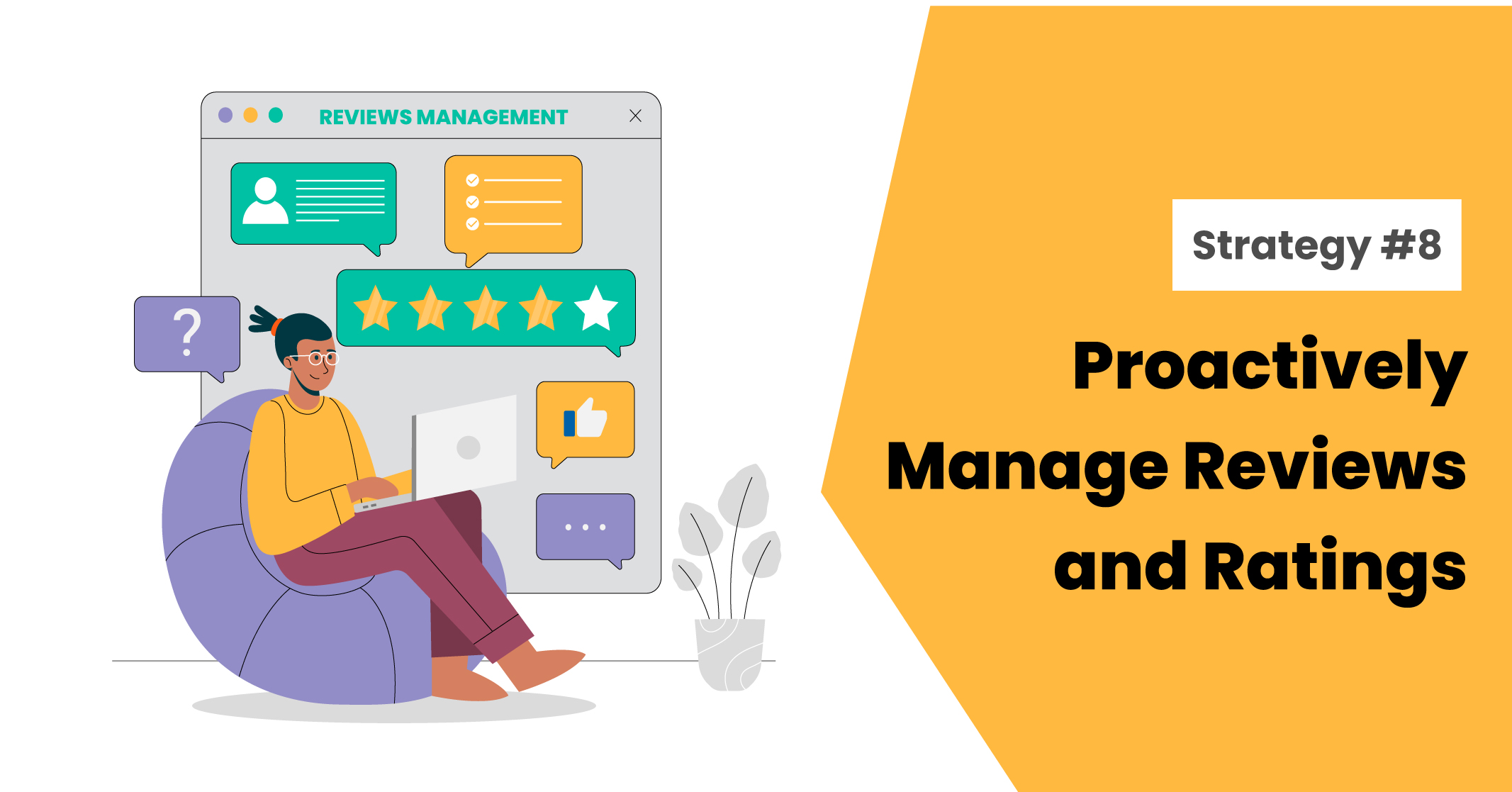
Online reviews hold significant power, often comparable to personal recommendations. It is essential to provide customers with the opportunity to rate their experience with your products. However, equally important is actively monitoring and responding to all reviews, especially within a local context, as they directly impact your brand image.
To encourage positive reviews, employ strategies such as post-purchase emails or expressing appreciation for happy customers by promptly responding to their feedback. Positive reviews contribute to increased conversions, improved customer loyalty, and enhanced local rankings.
On the other hand, negative reviews should be monitored and addressed appropriately, assessing the validity of the customer’s concerns and determining if a resolution or refund is necessary.
When responding to reviews, keep these tips in mind:
Utilise the Listing Management Tool’s Reviews tab to efficiently track and manage your online reviews. This tool enables you to stay proactive in maintaining a positive online reputation and effectively address customer feedback.
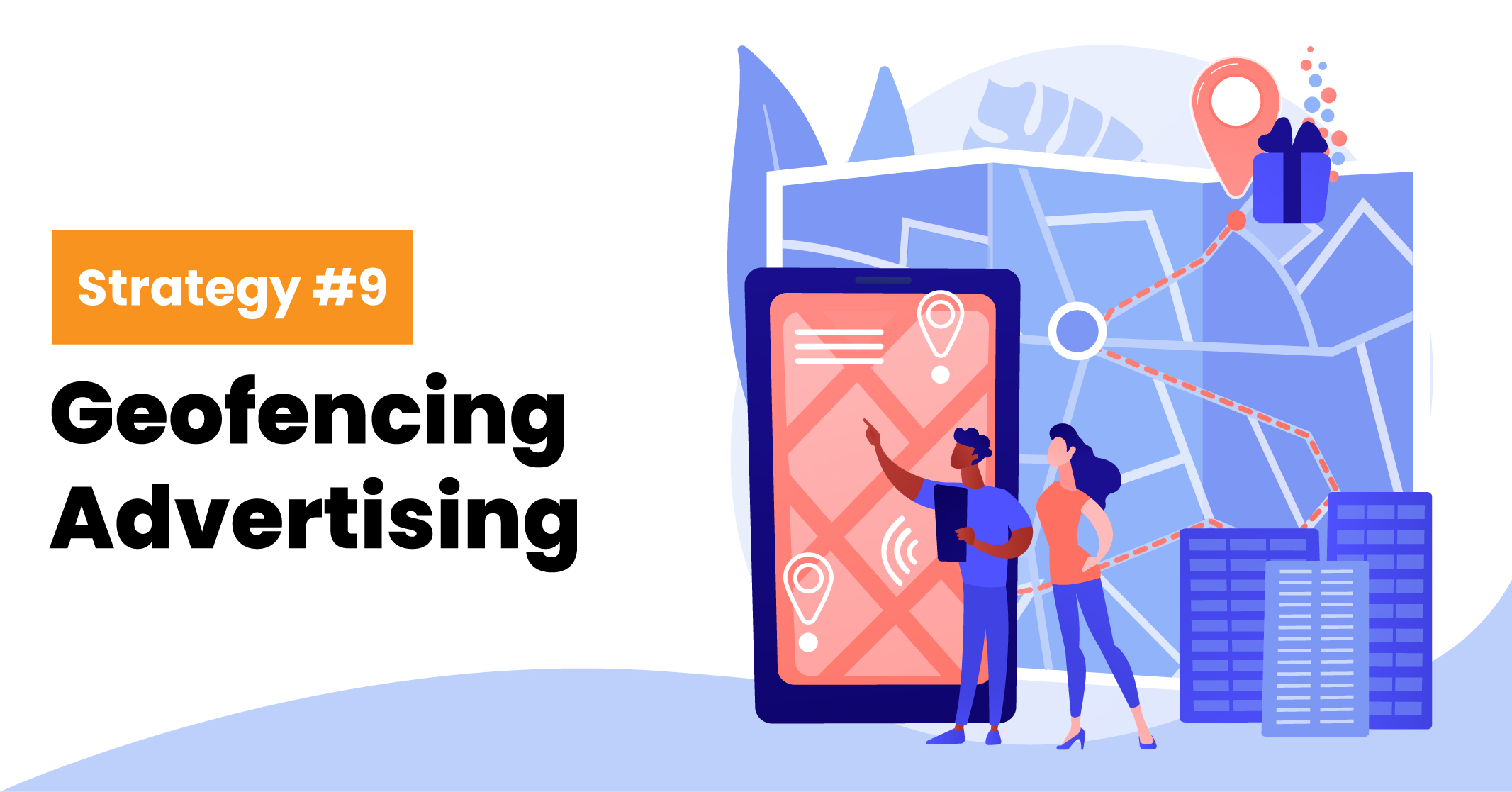
Geofencing is an incredibly targeted and efficient advertising strategy that utilises a virtual perimeter around your business location to activate advertisements on mobile devices entering or exiting that area.
To fully leverage the benefits of geofencing, it is crucial to optimise your content with local-specific terms. By doing so, you can maximise the effectiveness of your ads, as they will be presented to an audience in close physical proximity to your business, increasing the likelihood of engagement and click-throughs.
Geofencing provides exceptional value for your advertising investment, ensuring that your ads are displayed to a highly relevant audience that is more inclined to interact with them due to their proximity to your business.
By combining geofencing with localised content optimisation, you can achieve optimal results and effectively capture the attention of potential customers in your immediate vicinity.
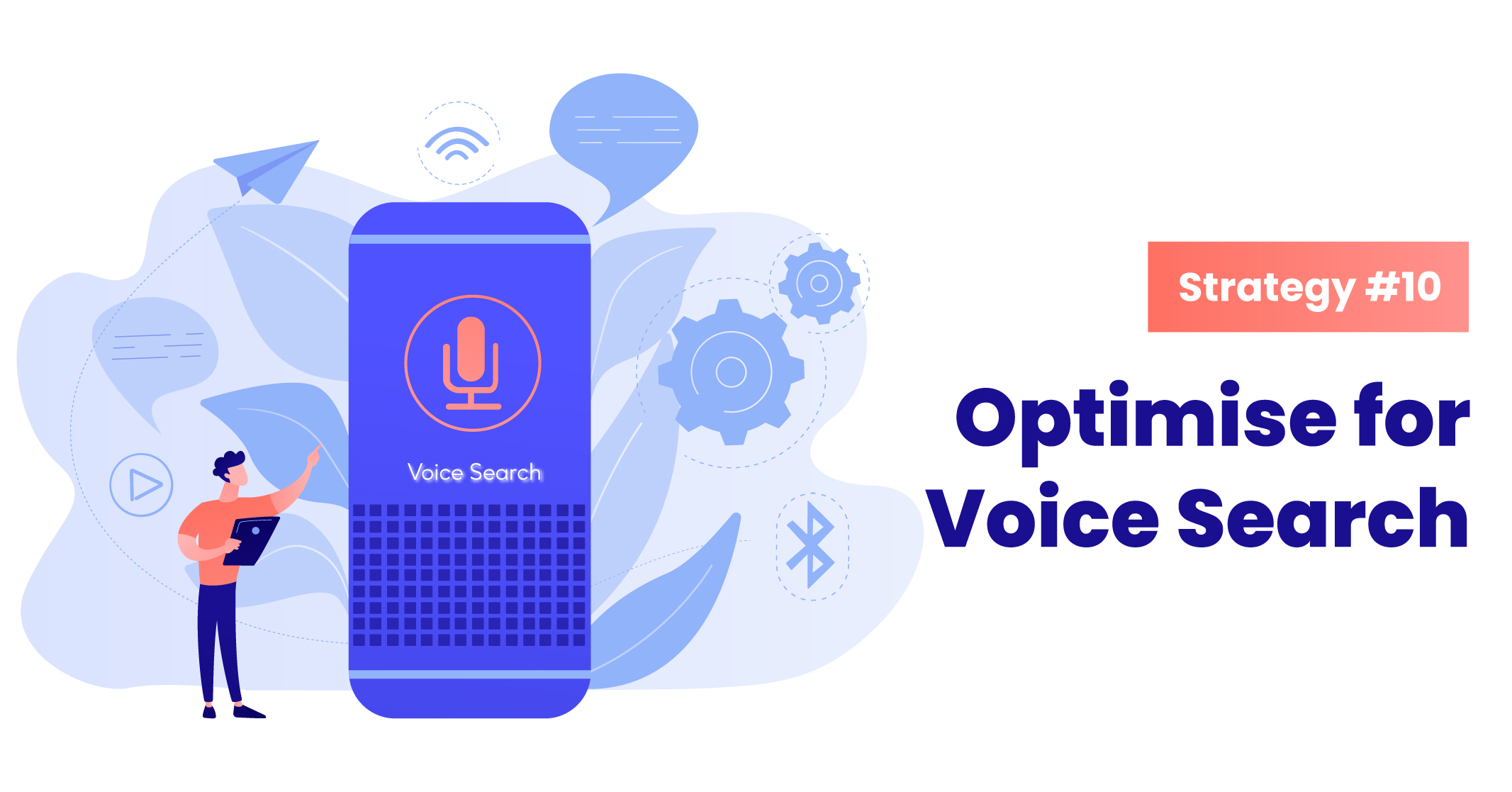
Voice search is an emerging area that presents significant potential for local SEO. While it is still a relatively new technology, the level of competition may be comparatively lower.
To establish a strong presence on Google Assistant and other voice search platforms, businesses can implement their standard local SEO strategies and focus on optimising their content for improved rankings within the Local Pack. This involves adapting the content to align with the more conversational and natural language used in voice search queries.
By incorporating voice search optimisation into their local SEO efforts, businesses can position themselves effectively to capture the attention of users utilising voice assistants, thereby gaining a competitive edge in this evolving landscape.
Even minor issues such as broken pages, missing title tags, and confusing internal links can have a significant negative impact on your search engine rankings.
Remember to analyse your mobile statistics by adjusting the settings and conducting a thorough crawl of your website’s mobile version. This step is crucial in ensuring optimal performance across different devices.
Local SEO solutions are incorporated into various essential tools like Position Tracking and On-Page SEO Checker. If you are seeking comprehensive solutions for your local SEO requirements, Traffic Radius offers a complete suite of local SEO services to support you throughout the entire process.
For additional insights and guidance, don’t forget to consult our local SEO specialist to ensure that you have addressed all the necessary aspects in your pursuit of enhancing your SEO performance. For more details on local listing services, contact Traffic Radius today.

LEAVE A REPLY